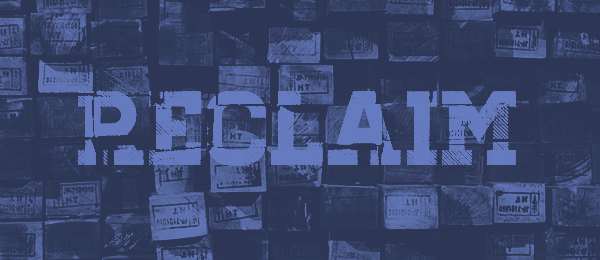The use of a dashboard prompt allows you to embed both the filters from the analysis and the analysis on the same page. Some of the main reasons to use a dashboard prompt are that it allows the user to customize his or her analysis output, allows more flexibility when wanting to change the parameters of a report, and can be reused with different analyses. An inline prompt does not allow these options and navigates the user to see the report within the analysis and not the dashboard. It is much more rigid than the dashboard prompt. Creating a dashboard … Read More
Discovering Version Numbers for Oracle Products
Knowing the version numbers of the handful of products that you have installed in your Fusion Middleware environment is very important. But how can we check the version numbers of each product? This can be completed by using an Oracle provided tool called OPatch which is located within the binary directories of each Fusion Middleware product. I will show you a few locations and examples of how to use OPatch to discover the version number of a given product. Oracle_BI If you are running a BI domain, head to the following directory located in your Middleware home: To discover the current … Read More
Oracle SOA 11g Dehydration Store – Reclaiming Table Memory
When you work with Oracle’s out-of-the-box purge scripts, you’ll eventually realize that one of the things it does not perform is reclaiming table space after you execute a purge. This is a key factor when you’re trying to increase the overall performance with a SOA Dehydration Store. Thankfully, the hard part is realizing it is needed; it is easy to perform. You’ll want to generate a series of queries that reclaim the unused space within each table you are working with. Those queries are molded after the following: One of the main focuses when reclaiming memory is tables relating to … Read More
Using a Dashboard Prompt to Switch Between Analyses in OBIEE 11g
When creating a dashboard to show off your analyses, you will generally make a new dashboard page per analysis. But what if those analyses were similar and could share the same prompt? What if I told you we could use a prompt to switch between those analyses while using other prompts to filter the information simultaneously. Well this is certainly a possibility, below I will create a prompt that will switch between two analyses that have been pre-built for this exercise. In my examples I will be using a modified version of the HR Schema where I have added alias … Read More
Adding an Alias table within the BI physical layer using Oracle BI Administration Tool
When you are starting to put together a business layer from a physical data layer that has tables with self-referential integrity, you may find aliasing the table helpful in laying out the clean data model. The example below uses an EMPLOYEE to MANAGER relationship on the EMPLOYEE table where the MANAGER_ID references back to the EMPLOYEE_ID on the same EMPLOYEE table. Using the alias feature helps separate these self-referential relationships into their own tables and allows ease of use on the presentation layer. We will be working with tables from the HR Schema (In the Oracle APEX XE Database) to … Read More
Oracle Identity Management 11gR1 vs. 11gR2 Packages
Many of our customers get hung up on the release cycles, version numbers, and included products of Oracle’s Identity Management offerings. Following is a quick breakdown of the latest versions of Oracle’s Identity Management products included in both 11gR1 and 11gR2 organized as the downloadable software packages. Most of Oracle’s Identity Management products can be licensed as either a part of a suite or individually, however, some can only be licensed individually. The packages have changed significantly between 11gR1 and 11gR2 and some 11gR2 licensing suites include 11gR1 products….confused yet? Don’t worry, we can help. Let’s Talk. Oracle Identity Management … Read More
Top 10 excuses why ADF has a slow(er than Oracle and organizations desire) uptake
So many of these are related, that I decided to simply list them in no specific order: “The technology changes/improves too rapidly, and I have fears of 1) ‘will what I am doing become old-school soon’ and 2) ‘is a new/better way of doing going to be released within a few months’.” “The documentation is daunting.” “The suggested pre-requisites and structured learning programs seem to change every few months.” “I have spent considerable time and money hiring smart coders that don’t take to 4GL development as readily.” “Code generating technologies have some negative connotations when it comes to code cleanliness, … Read More
Identity Management: From Oracle 10g to 11g – IdM, SSO, OAM
I have been running Oracle Identity Management 10g with heavy use of 10g SSO capabilities. Much of our web security architecture along with application authentication relies on this infrastructure. What do I do as development begins to shift from OracleAS to WebLogic, and our middleware stack goes from 10g to 11g? We will need to run 10g and 11g in production side-by-side for some period of time. This is a question many of our customers are asking and it is understandable that there is confusion around this. Oracle hasn’t provided the clearest of answers, and in general, identity management initiatives … Read More



